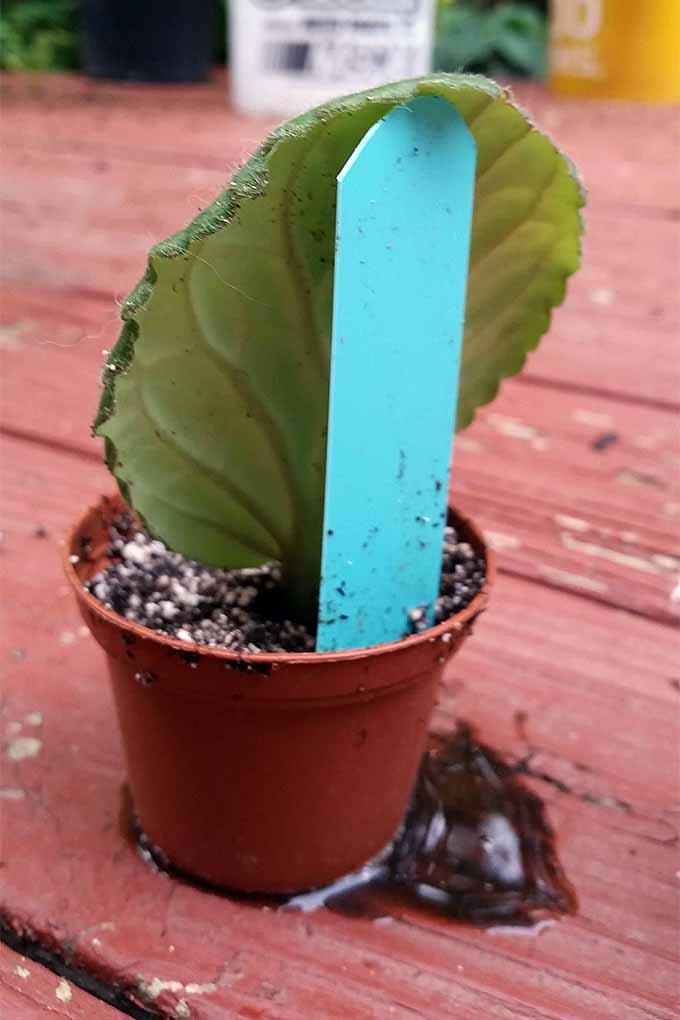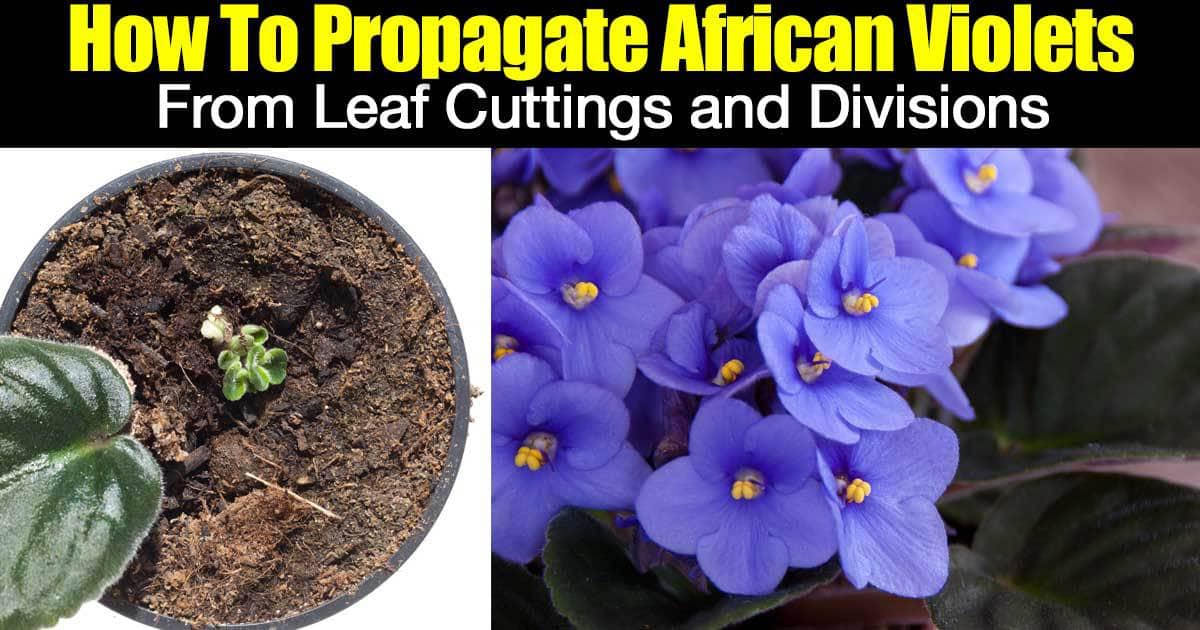The Magic of Leaf Cuttings
African Violets are one of the most popular houseplants, and for good reason. They are relatively low-maintenance, produce beautiful flowers, and can be easily propagated using leaf cuttings. In fact, learning how to plant African Violet leaves is a great way to multiply these plants and share them with friends and family. This method of propagation is not only cost-effective but also allows for rapid multiplication, making it an ideal choice for plant enthusiasts. By mastering the art of leaf cuttings, you can enjoy an abundance of thriving African Violets in your home or garden.
Preparing the Perfect Leaf Cutting
When it comes to propagating African Violets using leaf cuttings, selecting and preparing the right leaf is crucial for success. To increase the chances of successful propagation, it’s essential to choose a healthy leaf with no signs of disease or pests. Look for leaves with a vibrant green color and a firm texture. Avoid taking leaves that are too old or too young, as they may not produce the best results. Once you’ve selected the perfect leaf, remove the lower leaves, leaving only the top two or three sets of leaves. This will help prevent the leaf from rotting and promote healthy root growth. Next, cut the petiole (the stem that attaches the leaf to the plant) about an inch from the base of the leaf, using a sharp, clean knife or pruning scissors. Make the cut at a 45-degree angle, and gently twist the leaf as you cut to promote rooting. By following these simple steps, you’ll be well on your way to preparing the perfect leaf cutting for propagation.
How to Plant African Violet Leaves for Success
Once you have prepared the perfect leaf cutting, it’s time to plant it and give it the best chance of success. When learning how to plant African Violet leaves, it’s essential to use a well-draining potting mix specifically designed for African Violets. This type of soil will help prevent waterlogged soil and root rot. Plant the leaf cutting about an inch deep, gently firming the soil around the petiole to secure it in place. Water the soil gently but thoroughly, making sure the soil is moist but not waterlogged. To promote healthy root growth, maintain a consistent level of moisture in the soil, but avoid overwatering. The ideal temperature for planting African Violet leaves is between 65-75°F (18-24°C), with high humidity. You can achieve this by covering the pot with a clear plastic bag or a cloche. By following these simple steps, you’ll be well on your way to successfully planting your African Violet leaf cutting and giving it the best chance of thriving.
The Art of Providing the Right Environment
Once the African Violet leaf cutting is planted, it’s crucial to provide the right environment to promote healthy growth and development. Lighting is a critical factor, and African Violets require bright, indirect light to thrive. Placing the pot near an east- or west-facing window is ideal, as direct sunlight can cause scorching. Maintaining a consistent temperature between 65-75°F (18-24°C) is also essential, as sudden changes can shock the plant. Humidity is another vital factor, and African Violets prefer a humid environment with a relative humidity of 50-60%. To achieve this, you can place the pot on a tray filled with water and pebbles or use a humidifier. By providing the right environment, you’ll be able to create the perfect conditions for your African Violet leaf cutting to grow and thrive. Remember, when learning how to plant African Violet leaves, it’s not just about the planting process, but also about providing the right environment to support healthy growth.
Common Mistakes to Avoid When Planting African Violet Leaves
When learning how to plant African Violet leaves, it’s essential to be aware of common mistakes that can lead to failure. One of the most critical mistakes is overwatering, which can cause root rot and kill the plant. On the other hand, underwatering can also be detrimental, as African Violets require consistent moisture to thrive. Inadequate light is another common mistake, as African Violets require bright, indirect light to photosynthesize and grow. To avoid these mistakes, make sure to plant the leaf cutting in a well-draining potting mix, water carefully, and provide the right amount of light. Additionally, avoid planting the leaf cutting too deeply, as this can cause the petiole to rot. By being aware of these common mistakes, you can take steps to avoid them and ensure the success of your African Violet leaf cutting. Remember, when it comes to how to plant African Violet leaves, attention to detail is key to achieving optimal results.
Nurturing Your New African Violet Plant
Once the African Violet leaf cutting has been planted, it’s essential to provide the necessary care to promote healthy growth and development. Fertilization is crucial, and a balanced, water-soluble fertilizer can be applied at half the recommended strength. Pruning is also vital to maintain the plant’s shape and encourage bushy growth. Remove any dead or dying leaves or stems, and trim back long stems to encourage branching. Pest control is another important aspect of caring for your African Violet, as pests like mealybugs, spider mites, and aphids can quickly infest the plant. Regularly inspect the plant for signs of pests and treat promptly if necessary. By following these care tips, you’ll be able to nurture your new African Violet plant and enjoy its beautiful blooms. Remember, when learning how to plant African Violet leaves, it’s not just about the initial planting process, but also about providing ongoing care to ensure the plant’s success.
Troubleshooting Common Issues with African Violet Leaf Cuttings
When learning how to plant African Violet leaves, it’s essential to be aware of common issues that may arise during the propagation process. One of the most common problems is root rot, which can occur if the soil is too wet or if the leaf cutting is planted too deeply. To prevent root rot, make sure to plant the leaf cutting in a well-draining potting mix and avoid overwatering. Leaf drop is another common issue, which can be caused by underwatering, overwatering, or sudden changes in temperature or humidity. To prevent leaf drop, ensure consistent moisture levels and maintain optimal temperature and humidity conditions. Slow growth is also a common problem, which can be caused by inadequate light, poor soil quality, or insufficient fertilization. To promote healthy growth, provide bright, indirect light, use a high-quality potting mix, and fertilize regularly. By being aware of these common issues and taking steps to prevent them, you can increase your chances of success when propagating African Violets using leaf cuttings.
Conclusion: Unlocking the Full Potential of African Violet Leaf Cuttings
In conclusion, propagating African Violets using leaf cuttings is a simple and effective way to multiply these beautiful plants. By following the right techniques, from preparing the perfect leaf cutting to nurturing the newly planted African Violet, you can unlock the full potential of this method. Remember, how to plant African Violet leaves successfully requires attention to detail, patience, and a willingness to learn. By avoiding common mistakes and troubleshooting common issues, you can overcome any obstacles and enjoy the rewards of propagating African Violets using leaf cuttings. With the right environment, care, and attention, you can successfully propagate African Violets and enjoy their beautiful blooms for years to come.







